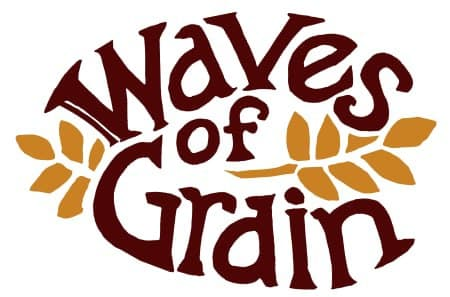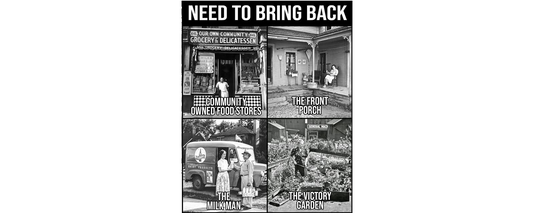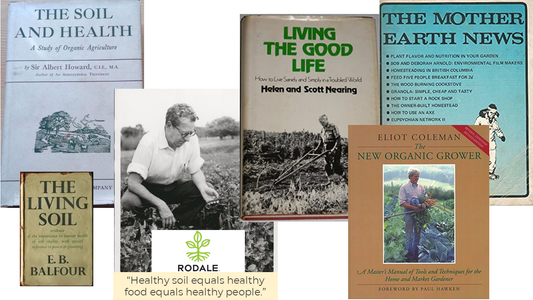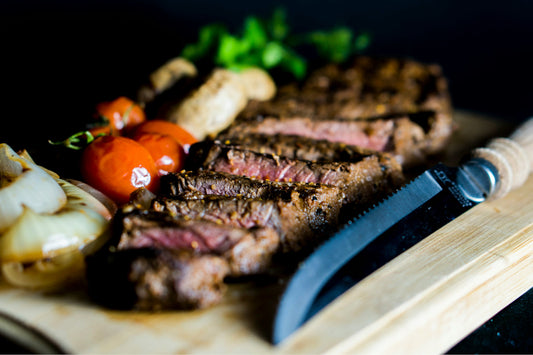Most of the keepers we’ve been selling at the coop over the winter came from two Longmont Farms: Rough & Ready Farm and Sunflower Farm. We define “keepers” as any produce you pick in the fall that you are still eating in mid-January. This year in Boulder County, the collection included carrots, potatoes, and onions of various stripes, black radishes, watermelon radishes, purple top turnips, rutabagas, purple cabbage, Napa cabbage, and winter squash. Over the past two weeks, both farms sold out of all their 2024 produce. Here it is March already, and we’re still eating turnips and rutabagas with enough to keep selling for another week or two. After that, we’ll be standing around, impatiently waiting for the spring onions and other new greens to start, usually first week of April. Well Fed Farmstead in Fort Collins has been helping get us through with kale, collards, chard, and spinach they managed to keep growing all winter in their low tunnels.
We’ve had a few warm days, but yesterday, with the cold wind blowing, we wanted hearty, late-winter food again. Mary said: “Can’t you bring me one of those nice packages of what-do-you-call-them beef shanks?” I offered her a piece of brisket, because that’s what I thought we had in our basement chest freezer at home. I went to fetch it, but instead found a package of three “bone-in-medallion” soup bones, aka beef shank cut crosswise like a thick steak, just like she wanted. I brought them upstairs.
Now, when we first started buying whole beeves from Frank, I asked him about this cut. Unless you specify the Thor’s Hammer or some other disposition of the shank, this is what you get -- and quite a few packages, by the way. The first thing Frank said to me about this cut was, “You can use it as a steak.” Still, I had always treated them as soup bones, because that’s what it says on the packages. There’s a big marrow bone in the center of each medallion and it makes the most incredible soup, what with the bone for broth and all that excellent meaty goodness, all ready to go straight into the pot together. Super easy. But that’s not what Mary had in mind.

Instead, we put sundried tomatoes underneath the shank and cut giant chunks of the last of our keepers from the fridge to arrange in the pan: black radishes, rutabagas, and orange carrots. Mary vetoed the onions (too obvious, maybe?), so I cautiously showed her a head of fennel I’d found at Natural Grocers. “Do it,” she said with stern encouragement. She also approved of dried rosemary and black pepper, salt of course, and upbraided me until I added both olive oil and butter. “There is no fat on the shank!” We also added a cup and a half of water and then covered it tightly. We baked it at 275° -- for five hours. It could have been in for 2.5 hours or 8 hours, but it happened to be 5.

The result was a unique, melt-in-your-mouth dish that Mary deemed a “roasted shank steak.” It was even more delicious re-heated in the skillet today. Black radishes pack the biggest flavor. The rutabagas are soft and sweet. The carrots are like candy. She explained to me how the veggies were “twice caramelized,” making them even better; firstly, caramelized in the low, long bake; then cooled in the fridge overnight; secondly, cooked again in the skillet until crispy, using all the butter and olive oil and drippings I had scraped from the roasting pan. Apparently, the cooling in between is an essential step in deliciousness, because it changes the carbohydrates in the veggies somehow. It was meal and desert in one dish, with no need for added sugar. I said: "Chemistry." She corrected me: "Alchemy."

Hint: Eat the soft marrow out of its bone cup using a tiny spoon.




